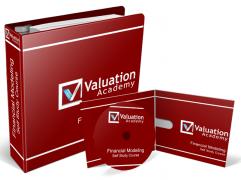The risk-free rate is the theoretical rate of return of a risk-free asset. It is one of the basic components of modern finance. Many famous valuation models are derived from the risk-free rate: Capital Asset Pricing Model (CAPM), Black-Sholes model, etc. In reality, it does not exist because even the safest investments have certain amount of risk. The twenty year U.S. Treasury bill is usually considered the risk-free asset in a valuation as it has zero default risk over a long period of time. Since the risk free rate can be obtained with no risk, any risk-averse investor would expect a return rate higher than the risk-free rate for any additional risk he is taking. The expected return on a risky asset is calculated by adding a risk premium to the risk-free rate:
Expected rate of return on a security = nominal risk-free rate + risk premium
The risk premium may be resulted from one or more types of risks:
Market risk is the risk that the value of an investment will decrease due to the moves of the market risk factors: stock prices, interest rates, foreign change rates, and commodity prices.
- Default risk is the risk that a borrower does not make payments as promised, such as a consumer does not pay his credit card bill, an insolvent insurance company does not pay a policy obligation, etc.
- Liquidity risk is the risk that the investment cannot be traded quickly enough to minimize the loss due to the lack of liquidity, such as it is difficult to sell a stock if there is a wide bid-ask spread.
- Maturity risk is the risk that the value of a bond changes from the issue time to maturity time. Bonds with long maturity have more maturity risk than the shorter term bonds.
